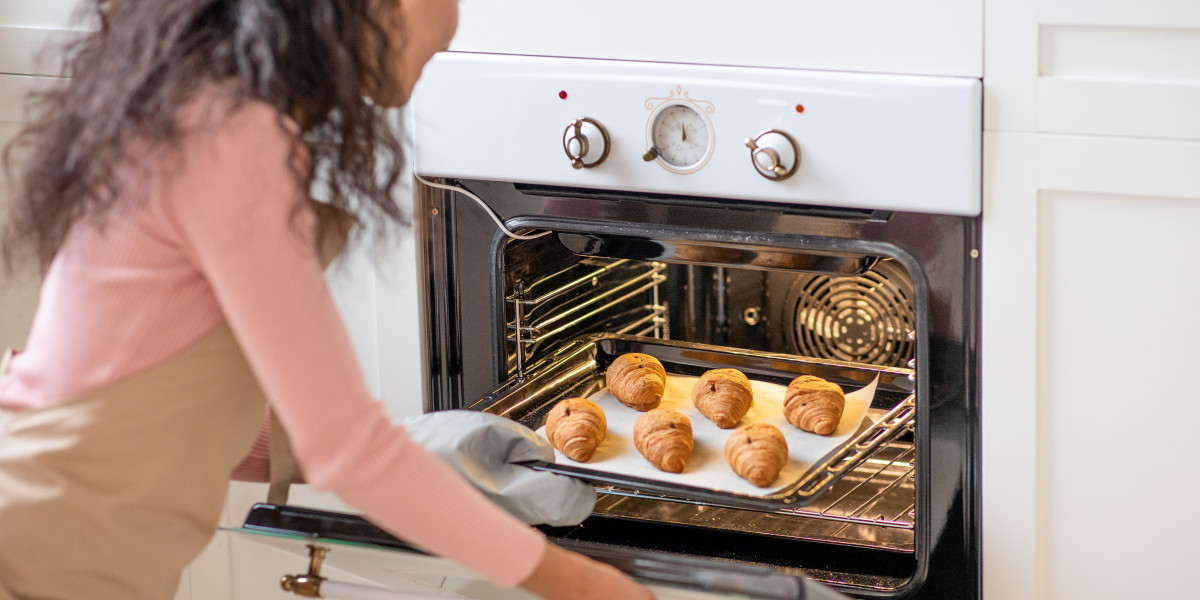 Wood stoves, unlike traditional open fireplaces, are engineered to burn wood. This allows them to comply with stricter emission standards.
Wood stoves, unlike traditional open fireplaces, are engineered to burn wood. This allows them to comply with stricter emission standards.Wood burning stoves emit glowing yellow flames that dance and warm crackling noises. They also provide a primal feeling of warmth. However, the smoke it creates includes carbon monoxide and harmful air pollutants like benzene, formaldehyde and polycyclic aromatic hydrocarbons.
Efficient
Fireplaces and stoves that burn wood provide beautiful and natural heat source to the home, they are also incredibly efficient. A high-quality wood burner can be eco-friendly up to 77%. With rising energy costs it is essential to ensure that you're getting the maximum benefit from your log burner - the good news is that it's more simple than ever before!
The amount of moisture in wood is one of the main factors that determines the efficiency of a wood-burning stove is. This is why we recommend only using seasoned wood that has been dried for at least one year, but more often two years. The drier the wood, the more efficiently it burns, which results in less smoke and less harmful emissions.
Another great benefit of a wood burning stove is that it's an eco-friendly source of fuel, which is fantastic for the environment. Furthermore, by buying locally sourced firewood you are helping to support the active management of woodlands which is a good option for wildlife.
The only thing that a wood burning stove requires in terms of maintenance is to take away and dispose of ash. This can be a little bit of a nuisance, but it is worth it in order to ensure you get most heat from each log. In addition when you wait for a couple of days for the ashes to fully cool they can be used to make an eco-friendly and non-toxic ice melt. They can be used to polish jewelry and absorb odors.
A fireplace with a wood burner is a timeless classic. Although they're less well-known than gas fireplaces, their appeal and appeal of a roaring fire cannot be ignored. These fires are great to snuggle up with on cold evenings, and they make a warm and inviting space in your home. A high-quality wood stove will pay off for a long time. Our expert chimney sweeps are available to help you get the most out of your stove - give us a call now to learn more.
Low Carbon
Wood burners that are efficient and clean are the most efficient option to save money while also keeping your home warm. As an added benefit they can also assist in the local woodland management. It's a great way of supporting the wildlife in your area.
Wood-burning Fireplaces And Stove and stoves create very little pollutant if they are properly maintained and operated with dry, seasoned firewood. However, if they are not maintained properly or are used with poor quality wood the smoke generated by them is contaminated with fine particles (known as particulate pollution) that can cause irritation to the lung and other organs. Carbon monoxide, air pollutants that are toxic such as formaldehyde and benzene and polycyclic aromatic hydrocarbons are also in the. Inhaling air pollution can cause irritation to the lungs and cause asthma attacks wheezing, coughing, and lung irritation. It can also lead to cancer, heart disease or premature death.
Some people fear that using a wood-burning stove will contribute to climate change however this isn't necessarily true. Wood burning is a carbon neutral energy source. The tree absorbs carbon dioxide over its lifespan. When burned the carbon dioxide is released into the air.
Since the wood is sourced locally this decreases the amount of pollutants released when it is transported. It is also essential to select top quality, seasoned hardwoods as these will give an extended and even burn than softwoods.
Modern, EPA certified wood stoves and heaters (such as those manufactured by Charlton & Jenrick) have much lower emissions than older stoves. They have been certified to meet 2020 EPA standards that are significantly stricter than previous emission limits.
All wood burning stoves must be fully vented to the outside of your property to ensure they do not create a build-up of exhaust within your home. All of our current DEFRA-exempt, clean burn stoves can produce very clear exhaust by keeping the flames in the vicinity of the wood logs and by using dry well-seasoned, clean firewood.
A wood-burning stove with a catalytic converter is the most efficient low carbon heating solution. These units re-ignite gasses and particles that were ignited during the initial combustion in a second stage by mixing them with superheated air. They then funnel the remaining particulates and gasses through a catalytic combustor to create an additional and final combustion, the reduction of emissions to levels much lower than the standards set by the government.
Clean Burn
Cleanburn wood stoves are designed to burn fuel with the best efficiency that is achievable. This results in a minimum amount of particles emitted into the atmosphere when burning wood. The air management system of the stove regulates the intake and exhaust of gases to ensure that the combustion process occurs in a controlled and sealed environment. It also regulates the flame's height to maximize the output of heat and reduce emissions.
This means that your chimney and the surrounding area will be much cleaner than older stoves. Particulate matter (also known as particle pollution) from incompletely combusted wood can cause respiratory problems like wheezing and coughing in people and can contribute to the development of heart diseases such as stroke, diabetes, and other serious health issues. The smoke from wood burning is also an element that contributes to poor urban air quality.
Smoke from poorly combusted wood has fine particulate pollution and harmful air pollutants such as carbon monoxide, as well as other dangerous air pollutants like nitrogen oxides as well as volatile organic compounds (VOCs), benzene, and formaldehyde. These particles can penetrate deep into the lung and other organs and cause discomfort, damage and even death. Airborne dust can also contaminate surfaces within your home, giving them a gritty feeling.
When you are using a fireplace that is wood-burning it is essential to use high-quality firewood that has been dried and seasoned. dried. The most efficient woods for heating are hardwoods, such as beech, oak and ash. Hardwoods are dense and have a higher BTU content than softwoods. They also have more heat.
Contact your local authority to find out whether they have any regulations about wood burning. They could include rules for nuisance or odor and visible emissions, or the opacity limit for smoke.
If you have a wood burner with a glass door it is essential to keep the glass clear of deposits and grime. You can use a dry cloth or oven cleaner spray for this. You can also add bicarbonate soda and water to the glass.
Regular maintenance is crucial for your chimney and stove. This includes regular chimney cleanings that remove creosote as well as ensure proper functioning of the flue. Also, make sure you mark dates for regular inspections in your calendar, since this will allow you to avoid costly repairs and extend the longevity of your wood burner.
Low Maintenance
Wood burning fireplaces are popular because they provide a natural warmth. This kind of fireplace requires a bit of maintenance and upkeep. The chimney, flue and stove are all possible sources of house fires if they are not cleaned and maintained regularly. Fireplaces can also provide heat in the event of an electrical outage, especially during winter storms where branches of trees can fall and power lines may be knocked down.
Using a wood burner for heating will reduce your carbon footprint considerably when compared to other fossil fuel sources, such as gas. Modern wood stoves, inserts, and fireplaces are designed to meet EPA standards (Environmental Protection Agency) which means they produce very little emissions. The more well-seasoned wood is and the better it is, the more efficient it will be and you'll use less of it to produce the same amount of heat.
These fireplaces require some maintenance and attention, such as ensuring they are positioned away from combustible materials and a screen is installed. The air flow can be improved by keeping the grate free of ash and other debris. This will keep the fire burning longer and your home clean. It is recommended that your stove and chimney cleaned at least twice per year to prevent creosote build-up which could be an extremely dangerous fire hazard as well as a blockage that can hinder the flow of air.
A wood burning stove needs to be maintained on a regular basis and it can take a while for a beginner homeowner to understand how to ignite, light and maintain a constant fire in the fireplace. But, once you've achieved the art of creating and maintaining an open flame in your wood burner, it will be a source of enduring pleasure that will provide heat and warmth for your home every year.
Wood burning fireplaces have been around in a variety of forms or styles for more than 500 years. They've gained a lot of attention because of their effectiveness, sustainability, and the natural warmth of wood. If you're thinking about buying a new heater, talk with your local certified Regency dealer to learn more about the advantages of a wood stove or insert for your home.









